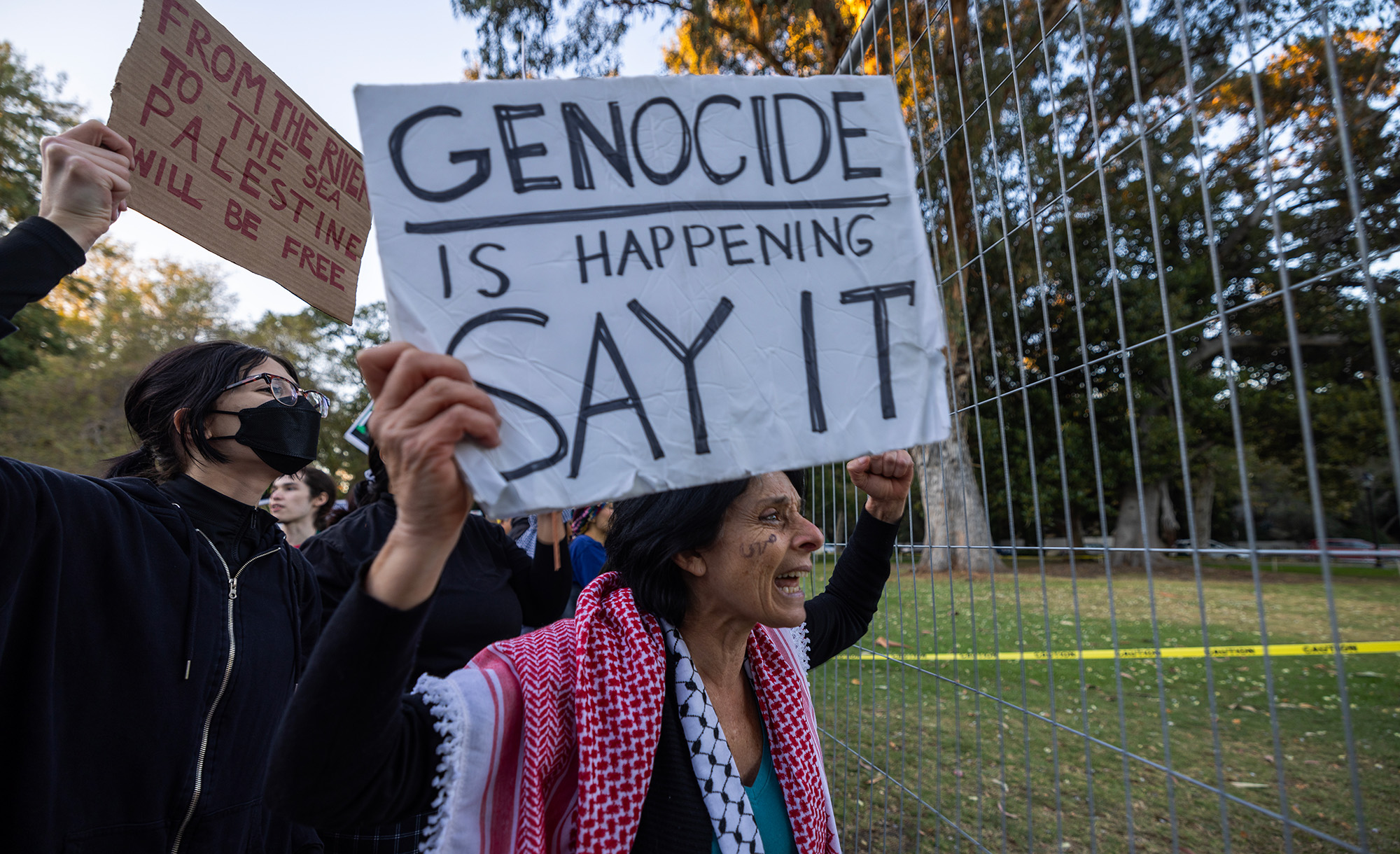Once again, the Colorado judicial system is being asked to consider the case of Masterpiece Cakeshop, a small business whose owner was asked—in what appears to have been a deliberate attempt to create grounds for a suit—to design a confection celebrating a “gender transition.” The owner, a devout Christian, demurred because of his religious beliefs. In an amicus brief filed on behalf of the Jewish Coalition for Religious Liberty and several other organizations, Ian Speir and Howard Slugh consider some of the possible consequences of a ruling against Masterpiece:
While the litigated cases thus far have largely involved artists who identify with the Christian faith, artists of other, minority faiths—Jews and Muslims in particular—will be affected by the outcomes of these cases and the rules they establish.
The First Amendment protects all artists, and that protection is especially important to those with minority or countercultural beliefs. It is not just that the First Amendment tolerates difference and dissent. It ensures that expression is protected from the majority’s proclivity to silence speech and punish those who dare utter it. More fundamentally, it seeks to foster speech pluralism. That constitutional vision, grounded in the unique American creed of individual dignity and choice, requires that individuals, and artists especially, be able to express their beliefs without fear, be able to shape their own artistic messages—what they say and what they don’t—free of punishment and coercion.
When artists create, when they speak up, and when they keep silent, they are contributing to a diverse marketplace of ideas. Many will disagree with their message, and many will be troubled by their silence. That is as it should be.
Read more at Alliance Defending Freedom
More about: American law, Freedom of Religion, Freedom of Speech


